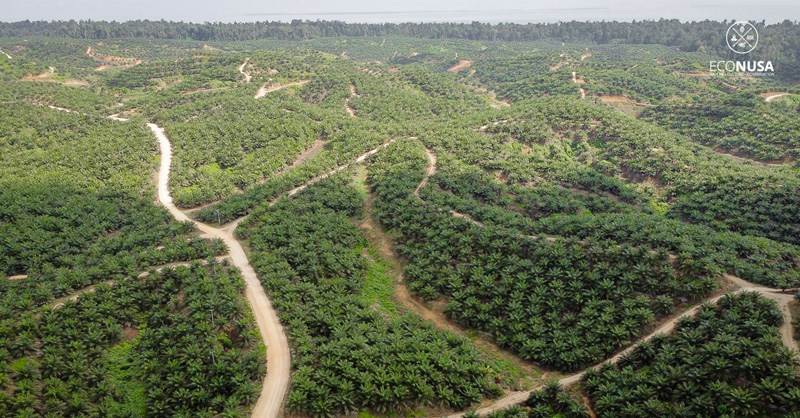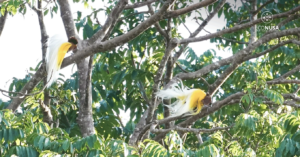
Amidst the Covid-19 pandemic which has yet to decline despite the mass vaccination, Indonesia has to cope with multifarious disasters early 2021 in some regions. The National Disaster Mitigation Agency (BNPB) recorded 221 disasters up to 26 January 2021.
Hydrometeorology disasters such as flood, landslide and hurricane, in addition to volcanic, earthquake and hightide ones, predominate the country disasters. These calamities have caused hundreds of lives, thousands wounded and more than 1.5 million refugees. In addition to extreme weather resulted from global climate change and nature activity, many considers that natural disasters have also been triggered by nature destruction.
Nature destruction
The Agency for Assessment and Application of Technology (BPPT) stated that flood occurred in South Kalimantan was caused by extreme downpour and degrading forest cover. Whereas, forests vegetations, particularly those at the upstream areas, should have served as water catchment areas. The flood inundated 11 regencies/cities has led to massive losses.
In Papua, flood and landslide also happened to Paniai Timur District, in Paniai Regency, Jayapura, Papua, on 21 January 2021. Dozens of local dwellings, regent’s residence and community farmland were inundated and wrecked. There are two factors causing Paniai prone to flood and landslide during the heavy downpour as quoted by kompas.id. As to Paniai Police Precinct Chief Adj. Sr. Comm. Naomi Giay, the least water catchment areas and stockpiling trash on drainage have worsened the flood. “We hope the local government discipline the community who dumps litters carelessly. Besides, housing construction should also regard ecological aspects,” said Naomi.
The Meteorology, Climatology and Geophysics Agency (BBMKG) Region V Jayapura said that disaster in Paniai was not only triggered by downpour, but also unstable land condition as impact of the land use change. “Very heavy rain on such unstable land could trigger disaster in a brief time,” said head of BBMKG Region V Jayapura’s service, Ezri Ronsumbre.
Land use change and forests cover loss
Land use change from forest to industrial areas for palm oil estate and mining, timber industry, infrastructure development and excessive exploitation have been blamed for degrading the forests capacity function including water catchment.
As to the MoEF data, in 2018-2019 period, the total of forests clearance across Indonesia was 462,458.5 hectares which rose from 439,439.1 hectares in 2017-2018. Tanah Papua with the largest forest cover in Indonesia has lost 11,212.2 hectares of forests in Papua Province and 5,296.1 hectares in West Papua Province. EcoNusa Research team found that deforestation level in Tanah Papua is 8.94 percent on palm oil plantation concession areas from 2001 to 2018.
Palm oil has shallow root and so it lacks capacity to catch water if compared to other trees. When the rain comes, water is not trapped but moving to the soil under the root. When the land is flat with shallow water surface, the condition will create a pool of water and flood with low level of water catchment. This elaboration was delivered by land and water conservation division of IPB’s School of Agriculture.
Based on analysis of EcoNusa research team, the Mining Concessions (IUP) in Tanah Papua and Maluku cover a total of 11.39 million hectares of land. Around 86 percent of the total IUPs is located on primary forests. When the forests on the mining concession are cleared, it is likely that 10 percent of primary forests in Indonesia or 149 times of Jakarta, will loss and be out of service. Whereas, it serves as the carbon stock sink, ecological balance and water catchment.
Editor: Leo Wahyudi








